Special report on roasting and brewing of washed Rosa Coffee at San Pedro Manor in Tolima, Colombia
Professional coffee knowledge exchange More coffee bean information Please pay attention to coffee workshop (Weixin Official Accounts cafe_style)
Colombia Tolima Finca San pedro
San Pedro Estate, Tolima, Colombia
Country: Colombia Country
Origin: Tolima
Altitude: 1,860 M
Treatment method: washing treatment
Grade: SUPREMO
Breed: summer rose
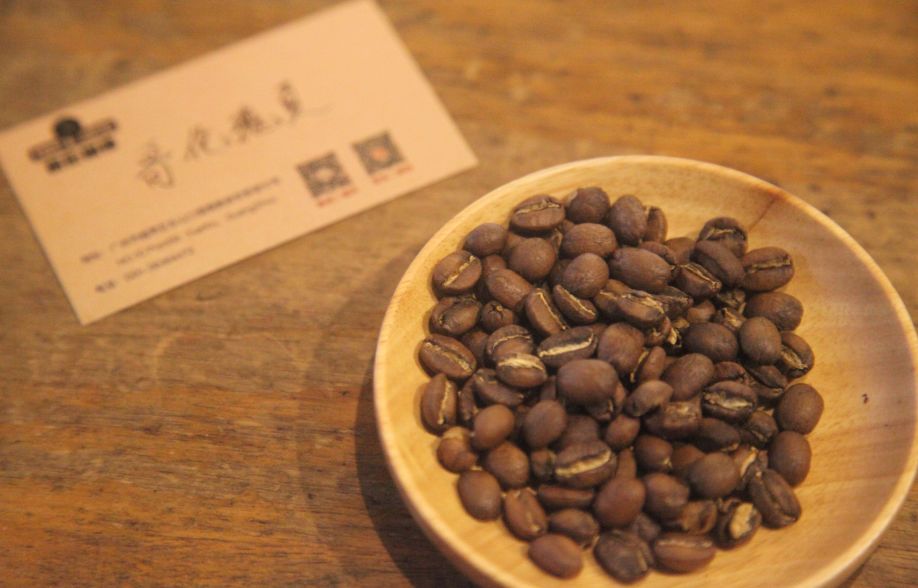
01 |Production area
Colombia is the world's third-largest coffee exporter, mainly Arabica coffee, and the country that exports the most Arabica beans. Colombia is rich in products, especially coffee, flowers, gold and emeralds known as the "four treasures."
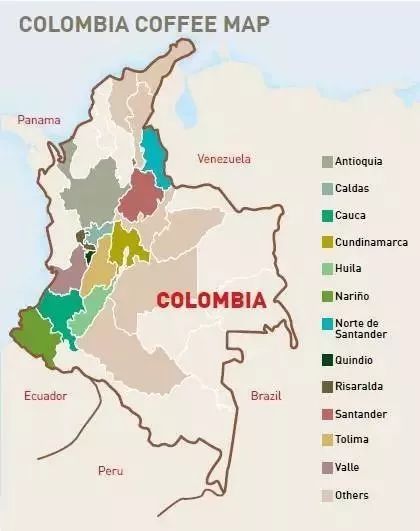
Colombia is located in the northwest of the South American continent, bordering Panama in Central America. From an overhead view, it looked like a cat had scratched its west side; three vertical claw marks were left from north to south. The country's famous producing areas are scattered among these Andes mountains with fertile volcanic soil.
| Tolima Tolima
Tolima is close to huila and cauca, where the Andes (M. Andes) and Cordillera Mountains (M. Cordillera) runs longitudinally, and between the two famous mountain systems is the Magdalena River (R. Magdalena)。
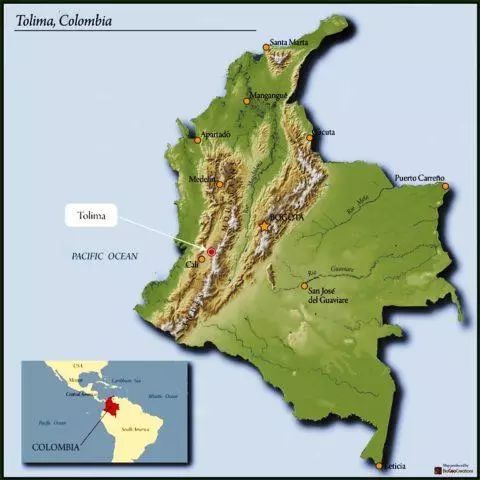
Tolima's name comes from the people who first lived here,"Pijaopeople", in the language of this ancient people (Pijao word), tolima means "covered with snow","snowed".
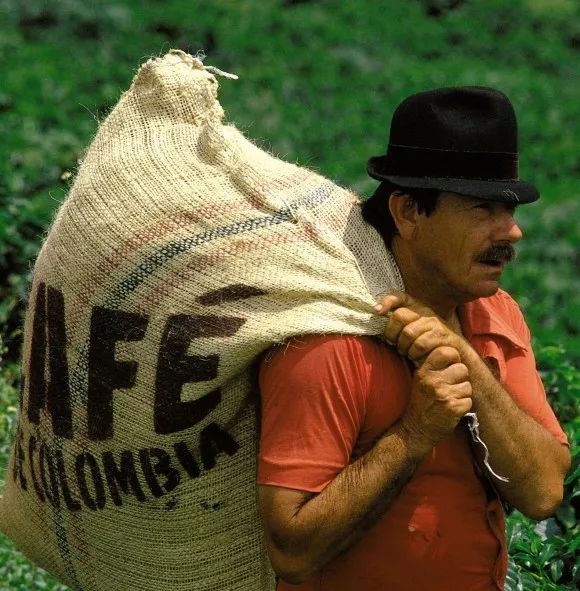
Tolima farms are generally slightly larger than other southern Colombia farms, ranging from 10 to 15 hectares. Cooperatives also prevail here, where farmers send their own small batches of fresh coffee to the cooperative's processing plant. Some farmers will also choose to process it themselves, using their own small-scale processing facilities that can handle the harvest of the day.
| Finca San Pedro
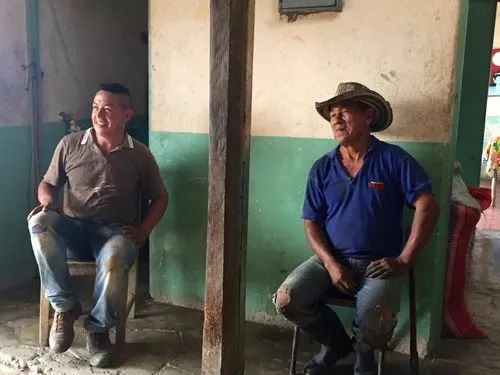
Finca San Pedro is located in veredaLa Marimba village is the village where most of the top coffee is grown in the area. His son Alberto is a leader in the community, working with many of the family's neighbors to improve coffee quality throughout the area.
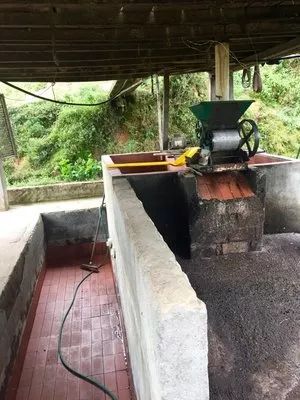
Finca San Pedro's processing method is exemplary, with a shallow tank for removing immature cherries and another shallow tank for fermentation of coffee cherries. Coffee cherries ferment for 20-24 hours, after fermentation they undergo 5-7 rounds of washing and a drying on brand new parabolic drying beds.
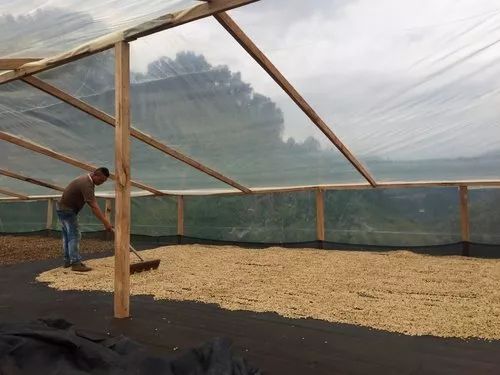
For them, this new drying bed is a big improvement-their original drying bed is only 12 square meters, which means there isn't enough room to dry all the coffee evenly at the peak of the harvest season. Now, with a new bed of 47 square meters, all coffee beans can be dried slowly and thoroughly.
02 |coffee varieties
Guixia
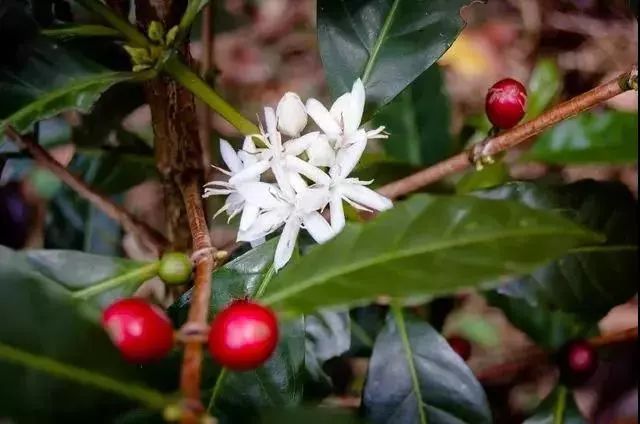
Geisha, pronounced geisha in Japanese, is also known as geisha coffee; because the tree is taller than ordinary coffee trees, it was originally planted in a small area of the estate and used as a windbreak.
The species Geisha was discovered in 1931 in Ethiopia's Geisha Forest and later sent to the Coffee Institute in Kenya. Introduced to Uganda and Tanzania in 1936; Costa Rica in 1953.
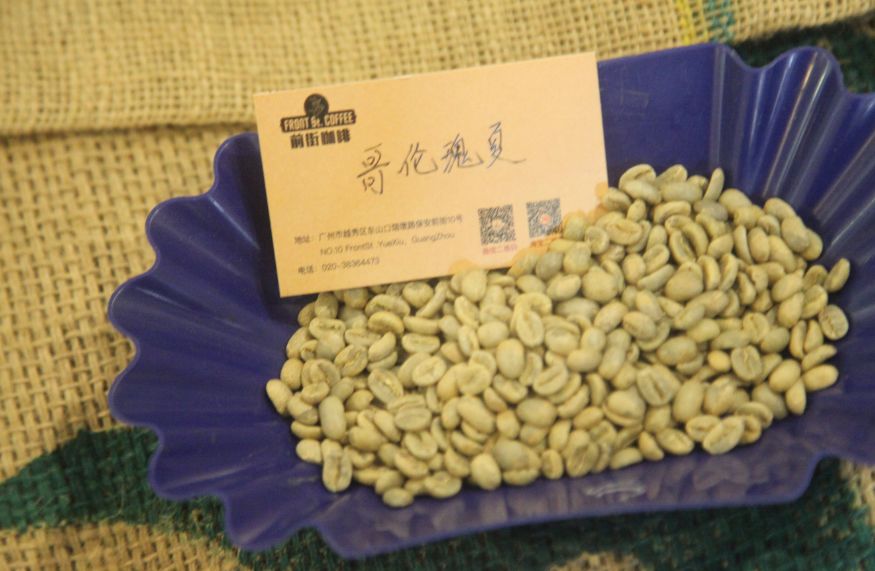
Rose summer coffee is particularly picky about the growing environment, requiring high altitude, cloud shade, fertile soil, and sufficient accumulated temperature. The average altitude is 1625 meters, the average annual temperature is 16℃ to 25℃, and the average rainfall is about 3500 mm. The plantation belongs to semi-shade planting, and the tree species are all from local endemic varieties.
03 |approach
This summer rose coffee from Colombia is washed.
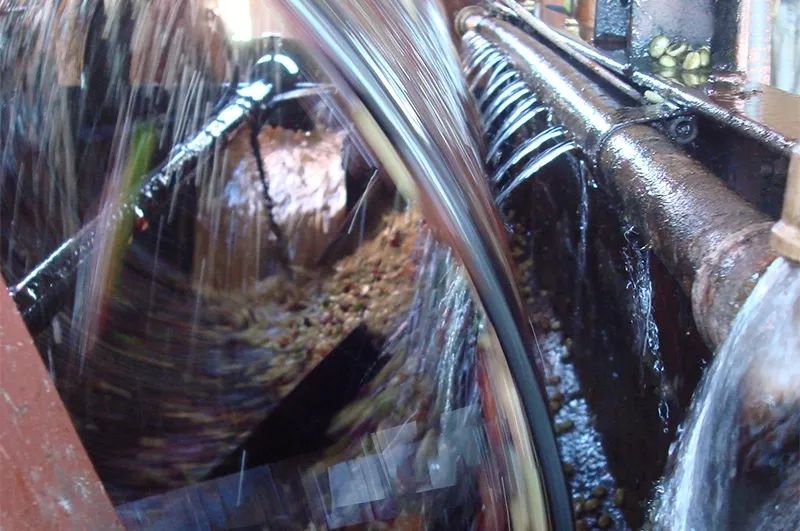
Screening coffee cherries--removing pulp--fermentation--washing--drying--dehulling
Put the screened coffee cherries into a peeling machine, and preliminarily remove the pericarp and pulp; put the green coffee beans with residual pulp pectin into water, and let them ferment for about 24 hours; after fermentation, put the green coffee beans with parchment paper into a flowing water tank for washing, and remove the pulp and pectin; after washing, air dry the coffee beans or dry the coffee beans with the aid of a dryer, and reduce the moisture content to about 12%. Finally remove the parchment from the green coffee beans.
04 |baking analysis
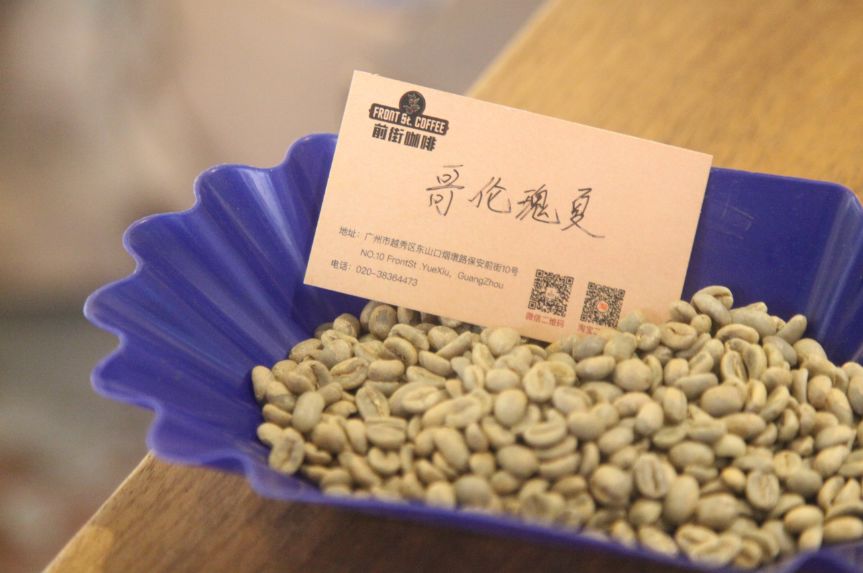
This bean is higher in altitude and harder in quality. In order to highlight the characteristics and aroma of this bean, we chose light baking, so that the baking degree can give full play to the characteristics of the bean itself, and use medium heat to dehydrate.
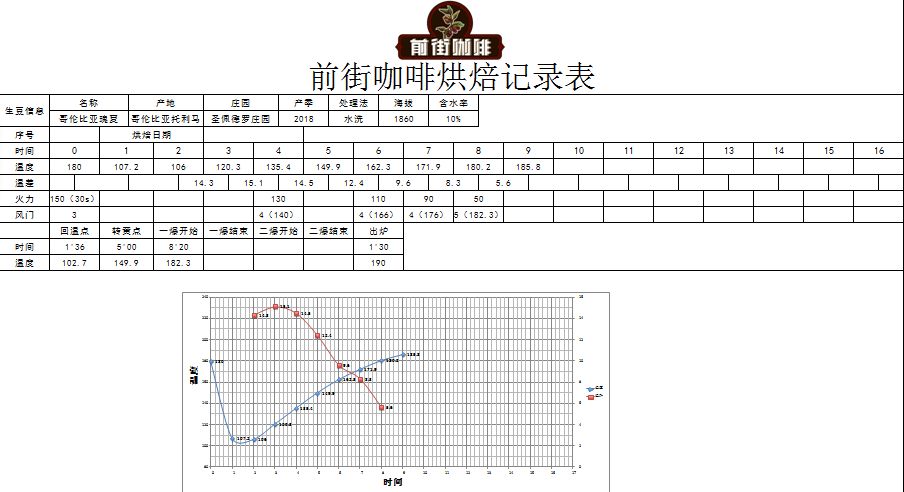
Baking machine Yangjia 800N (baking capacity 300g)
When the furnace temperature reaches 180 DEG C, put it into the pot, open the damper for 3 seconds, adjust the fire power to 150 DEG C, keep the damper unchanged, and adjust the fire power to 130 DEG C when the furnace temperature reaches 140 DEG C, and open the damper to 4 DEG C. At this time, the bean surface turns yellow, the grass smell completely disappears, and enters the dehydration stage. When the furnace temperature reaches 166 DEG C, adjust the fire power to 110 DEG C, and keep the damper unchanged.
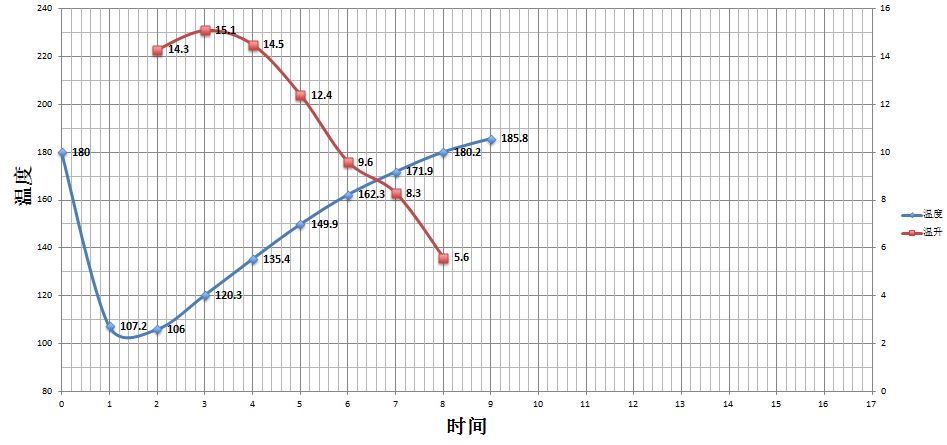
7 50", the bean surface appears ugly beard wrinkles and black stripes, toast flavor obviously changed to coffee fragrance, can be defined as a prelude to explosion, this time to hear the sound of a burst point, to 8 20" to start an explosion, turn down the fire to 50 degrees, throttle to 5 (adjust the fire to be very careful, not small to no explosion sound), after a burst development of 1 30", 190 degrees under the pan.
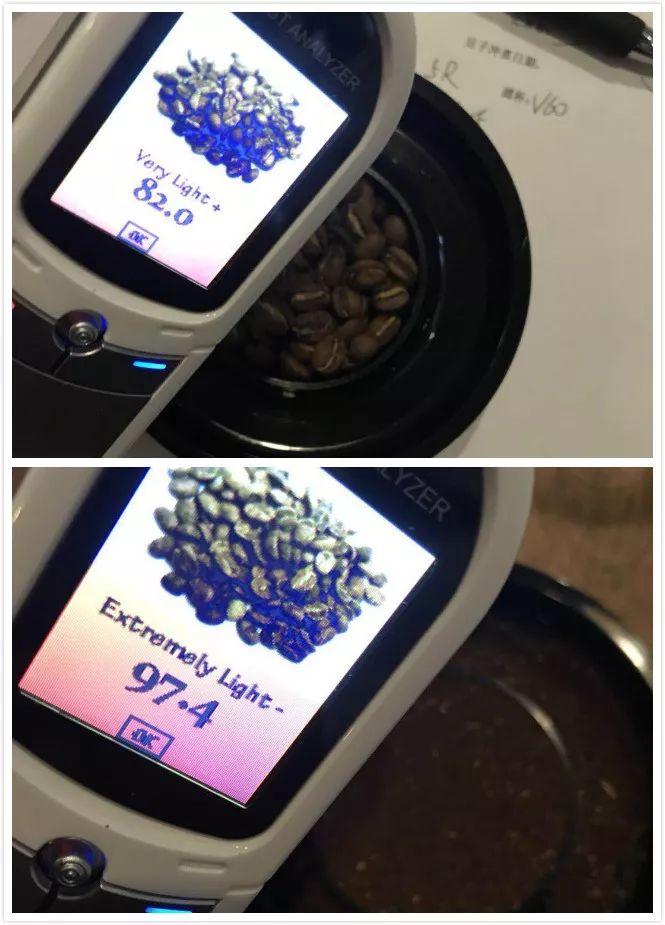
Agtron bean color 82 (top), Agtron pink 97.4 (bottom), Roast Delta 15.4.
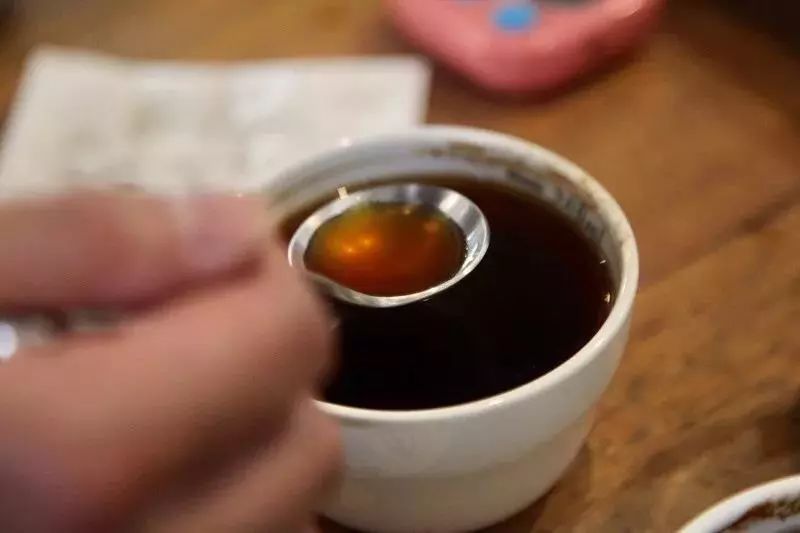
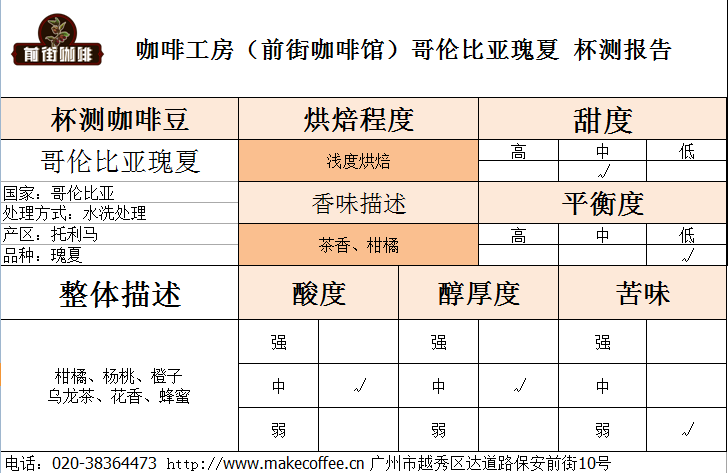
Cup test: citrus, carambola, orange, oolong tea, floral, honey
05 |Brewing advice
Recommended cooking method: hand brewing
Filter cup: Hario V60 or cake filter cup
Water temperature: 90-92℃
Powder water ratio: 1:15-1:16
Grindability: BG 5R (58% pass rate of Chinese standard No.20 sieve)
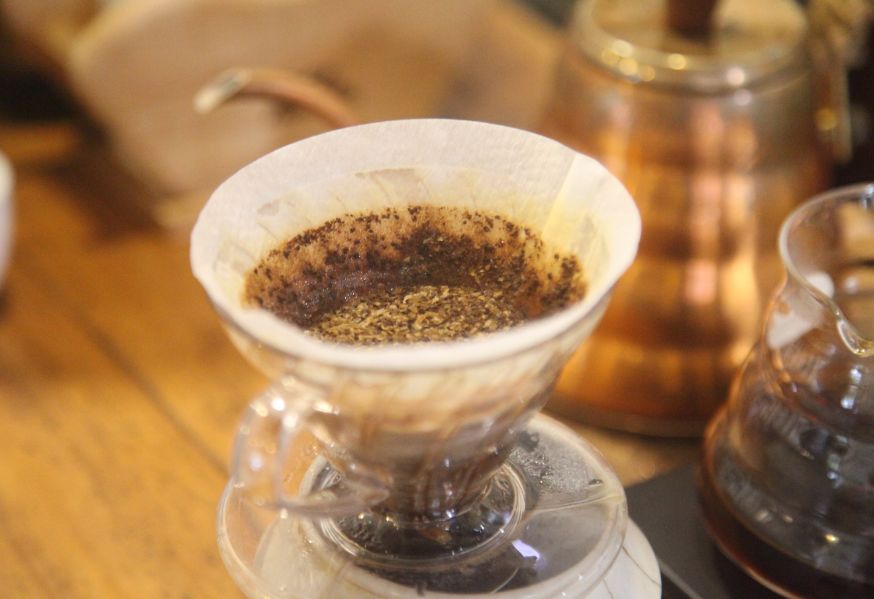
Cooking method: 30g water steams for 30 seconds, water injection to 130g stages, water level drops when the powder bed is about to be exposed, continue to water injection to 230g cut off water, water level drops when the powder bed is about to be exposed, remove the filter cup,(steams start timing) extraction time is two minutes.
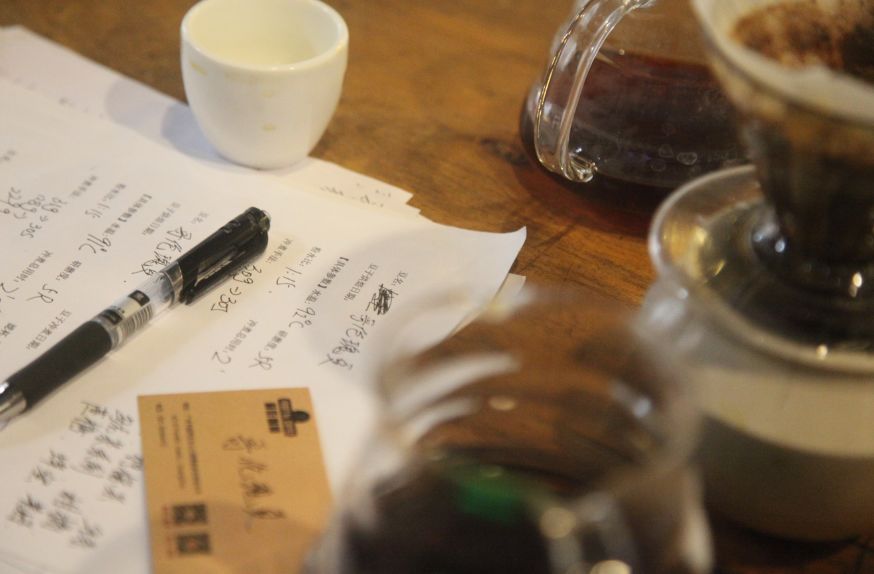
When brewing, you can smell the sour fragrance of citrus and green tea-like fragrance. When hot, the sweet taste of sucrose and licorice is obvious, with a little lemon acid tone, and the aftertaste of oolong tea, a bit like a cup of lemon tea; after the temperature drops, the flavor of citrus is obvious, honey and sucrose return to sweetness for a long time. After the temperature drops, there is a feeling of honey green tea.
END
Important Notice :
前街咖啡 FrontStreet Coffee has moved to new addredd:
FrontStreet Coffee Address: 315,Donghua East Road,GuangZhou
Tel:020 38364473
- Prev
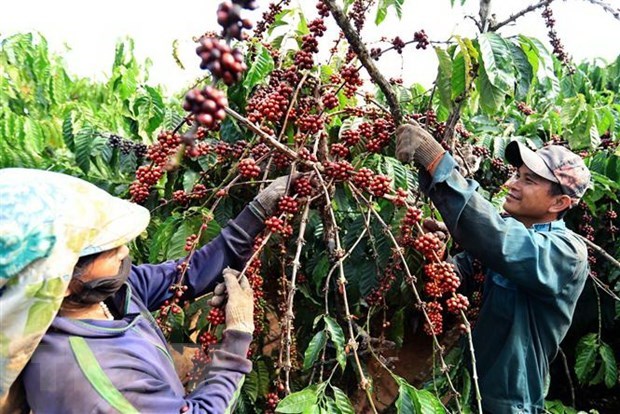
The present situation of coffee industry in Vietnam: the output of coffee in Vietnam is high but the price is low, which is due to the quality.
Professional coffee knowledge exchange more coffee bean information Please pay attention to coffee workshop (Wechat official account cafe_style) Vietnam is the second largest coffee producer in the world, but the value of coffee is not high. According to the Vietnam News Agency, Vietnam exports 1.5 million tons of coffee every year, but the coffee exported is mainly coffee beans, accounting for 90%. There are few high value-added coffee products.
- Next
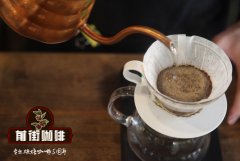
What is the best coffee in El Salvador? What is Salvadoran Pacamara Coffee?
Professional coffee knowledge exchange More coffee bean information Please pay attention to coffee workshop (Weixin Official Accounts cafe_style) Among the producing countries in Central America, El Salvador can be said to be the smallest country in terms of land area. Although the output is much less than that of other countries, the Pacific Ocean breeze and volcanic environment provide El Salvador coffee farmers with unique planting advantages and more
Related
- Detailed explanation of Jadeite planting Land in Panamanian Jadeite Manor introduction to the grading system of Jadeite competitive bidding, Red bid, Green bid and Rose Summer
- Story of Coffee planting in Brenka region of Costa Rica Stonehenge Manor anaerobic heavy honey treatment of flavor mouth
- What's on the barrel of Blue Mountain Coffee beans?
- Can American coffee also pull flowers? How to use hot American style to pull out a good-looking pattern?
- Can you make a cold extract with coffee beans? What is the right proportion for cold-extracted coffee formula?
- Indonesian PWN Gold Mandrine Coffee Origin Features Flavor How to Chong? Mandolin coffee is American.
- A brief introduction to the flavor characteristics of Brazilian yellow bourbon coffee beans
- What is the effect of different water quality on the flavor of cold-extracted coffee? What kind of water is best for brewing coffee?
- Why do you think of Rose Summer whenever you mention Panamanian coffee?
- Introduction to the characteristics of authentic blue mountain coffee bean producing areas? What is the CIB Coffee Authority in Jamaica?

